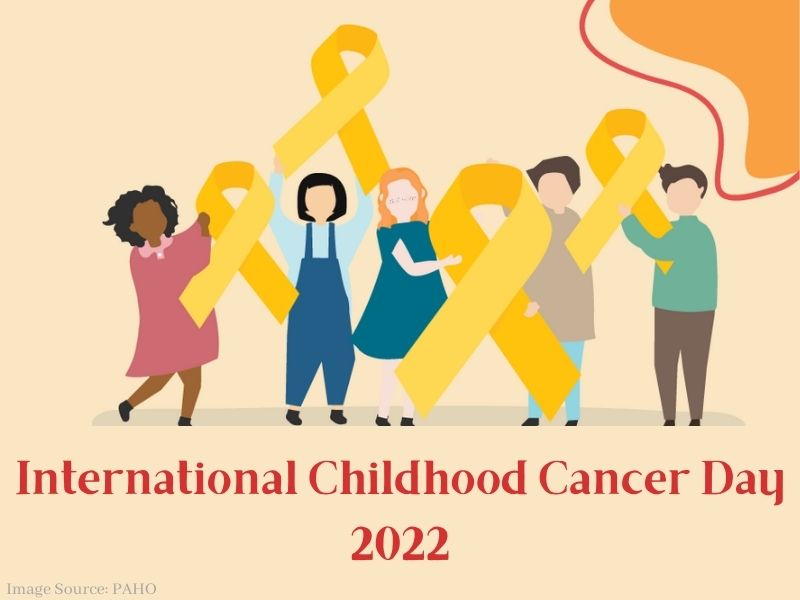-Riya Ganguly
Cancer diagnoses are always a hard pill to swallow, especially when it comes to children. Statistics report the incidence of over 3 lakh new cases around the world, while India alone reports more than 50,000 new childhood cancer cases annually. As the deadly disease still remains one of the primary causes of death by disease for children, February 15 came to be annually observed as ‘International Childhood Cancer Day’ (ICCD), a global collaborative initiative to generate awareness about the deadly effects of childhood cancer and its treatment and express support for children and adolescents diagnosed with cancer, survivors and their families. The global observance was incepted in 2002 by the efforts of the global network Childhood Cancer International (CCI), and has grown since then to launch campaigns and generate knowledge about pediatric cancer, its causes and treatments.
WHO’s GICC
As part of the three-year campaign launched by ICCD in collaboration with WHO’s Global Initiative for Childhood Cancer (GICC), the international observance is annually launched keeping a theme in mind. The ICCD 2021 campaign was commemorated with the theme of #throughourhands to honour the courage and resilience of cancer-diagnosed children and survivors. This year’s ICCD campaign kicked off with the theme of ‘Better Survival’ as it aims to reduce cancer mortality and pay recognition to the efforts of pediatric oncologists and medical professionals creating a difference in the lives of cancer-diagnosed children.
Understanding childhood cancer
The most common cancer in children is acute lymphoblastic leukemia, some others including leukemia, lymphoma, brain cancer/CNS tumours, neuroblastoma and osteosarcoma (bone cancer in teenagers). While lifestyle related causes and environmental factors generally take time to have an impact on the body and thus mostly play a role in cancer diagnoses in adults, some childhood cancer causes may include:
- Acquired gene mutations during foetal development
- Genetic changes in baby’s body after birth
- Inherited gene mutations from parents’ DNA
- Radiation exposure in children
Childhood cancer during the pandemic
As the Covid-19 pandemic has been raging since the last two years, a 2021 report by BMC Journal of Hematology and Oncology noted that Covid infection in children suffering from pediatric cancer may pose the risk of having a negative impact on chemotherapy treatments and increasing non-relapse mortality. However, the greater impact has been the pandemic’s excessive strain on health systems worldwide, thereby exposing the weaknesses in medical systems and capacities to control childhood cancer with children from low and middle income groups experiencing greater inequities. Factors such as delay in early detection, inadequate access to diagnostic technologies and anti-cancer drugs and increased rates of comorbidities such as poverty and malnutrition have shown to decrease survival rates and pose a greater hindrance to cancer survival in low-income countries.
Cancer prevention and better survival
Research studies have shown early life exposures may affect lifetime cancer risks. In keeping with the ICCD 2022 theme ‘better survival’, here are some CDC-suggested daily life practices to adopt to reduce cancer risks in children and young adults:
- Avoiding tobacco or alcohol consumption during pregnancy/around children
- Reducing child exposure to traffic pollution and secondhand smoke
- Completing the human papillomavirus (HPV) vaccine series
- Limiting radiation exposure in children
- Awareness about family medical history
- Avoiding exposure to toxic and potentially carcinogenic chemicals
A Harvard research study reported that nearly half of childhood cancer cases around the world go undetected, increasing cancer mortality in children. It is imperative to increase childhood awareness, and GICC and CCI’s collaborative efforts through this global observance aims to generate increased knowledge about pediatric cancer diagnosis and achieve a cancer survival rate of at least 60% by 2030.
Also read: Decoding childhood cancer
